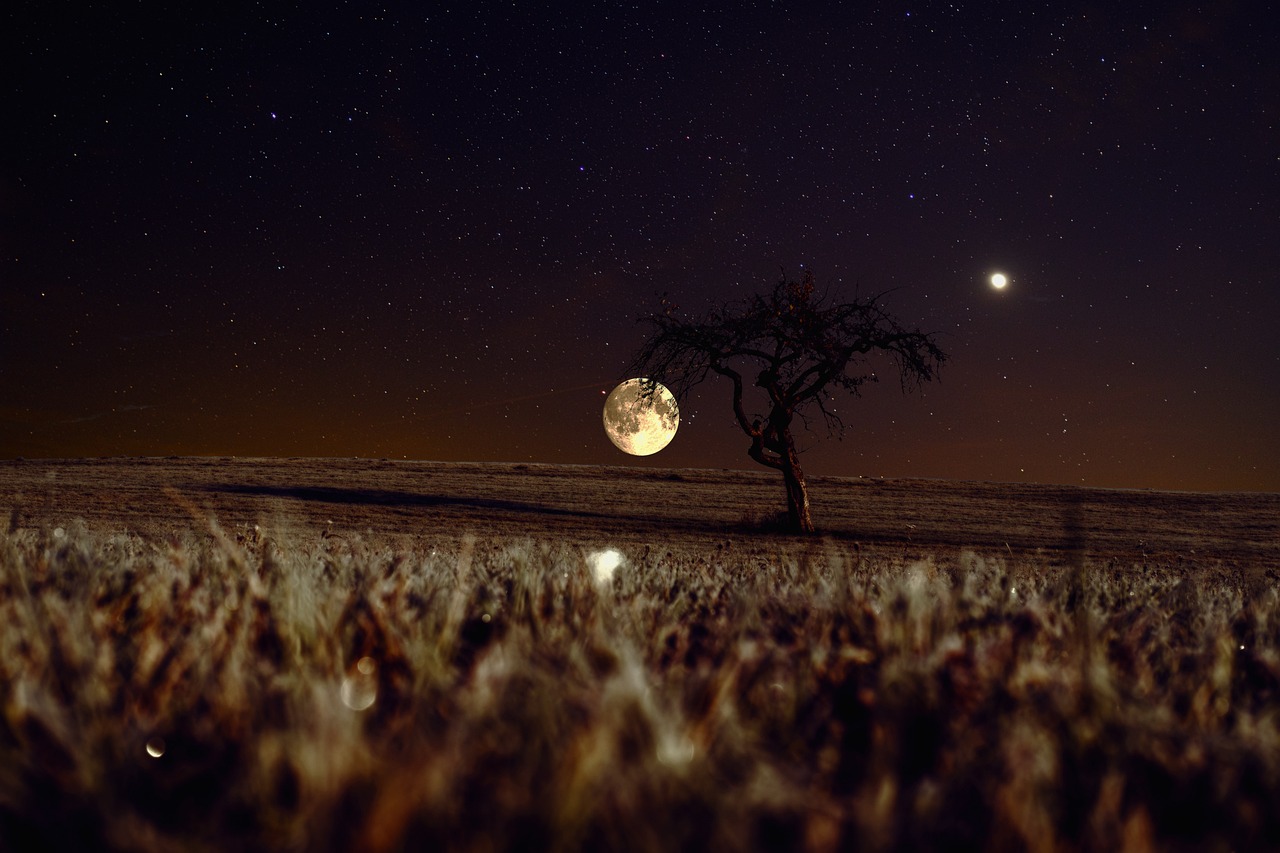Venus, an ancient Italian deity linked to farmland and gardens, was later associated by Romans with Aphrodite, the Greek goddess of love. The famous marble statue, Venus de Milo, created around 150 BCE, is housed at the Louvre in Paris.
Initial worship of Venus in Rome was virtually non-existent. Notably, the scholar Marcus Terentius Varro (116–27 BCE) indicated he could not find her name in earlier documents, also supported by the lack of any festivals in early Roman calendars or special priests for her worship. However, her cult had ancient roots among the Latins, with at least two identified temples—one in Lavinium and another in Ardea—serving as sites for festivals among the Latin cities. The transition of her worship to Rome likely came from Ardea. The complexities of her association with such a prominent deity as Aphrodite remain an area of intrigue.
The merging of Venus with Aphrodite appears to have occurred relatively early, possibly influenced by the date of one of her Roman temples’ founding on August 19, coinciding with the Vinalia Rustica, a festival for Jupiter. This association allowed for their equation as father and daughter, similar to the Greek figures Zeus and Aphrodite. Consequently, she was also regarded as a daughter of Dione, wife of Vulcan, and mother to Cupid. In mythology, Venus was notable for her romantic liaisons with both gods and mortals, embodying various dimensions of femininity. Under the title Venus Verticordia, she was considered a guardian of female chastity.
The primary factor leading to her identification with Aphrodite was the introduction of her revered cult known as Venus Erycina—the representation of Aphrodite from Eryx in Sicily—reflecting the fusion of an Oriental mother-goddess with the Greek deity. This occurred during and shortly after the Second Punic War, culminating in a temple dedication to Venus Erycina on the Capitol in 215 BCE and a second temple outside the Colline gate in 181 BCE. The latter temple mirrored that of Eryx, becoming associated with courtesans, hence leading to April 23 being designated as dies meretricum (“day of prostitutes”), in honor of its establishment.
The significance of Venus-Aphrodite surged, particularly due to the aspirations of the gens Iulia, the lineage of Julius Caesar and, by extension, Augustus. They proclaimed a lineage descending from Iulus, Aeneas’s son; Aeneas was rumored to be the founder of the Eryx temple and, in some narratives, of Rome. According to legend, he was the son of Aphrodite, granting the Iulii a divine legacy. Other prominent figures like Gnaeus Pompeius sought to affiliate with the increasingly important deity, dedicating a temple to Venus as Victrix (“Bringer of Victory”) in 55 BCE. Julius Caesar unveiled his own temple in 46 BCE, dedicating it to Venus Genetrix, which remained a significant aspect of her worship until the conclusion of Nero’s reign in 68 CE. Despite the collapse of the Julio-Claudian dynasty, enthusiasm for Venus endured, with Hadrian completing a temple dedicated to her in Rome in 135 CE.
The Birth of Venus, by Sandro Botticelli, showcases the goddess, also recognized as Aphrodite, making it one of history’s most celebrated artworks. Originating from Italy, Venus initially lacked her own legends, adopting those of Aphrodite instead, which subsequently linked her to various foreign goddesses. Consequently, the planet Venus inherited its name, once associated with the Babylonian goddess Ishtar before being tied to Aphrodite. Owing to her connections with love and beauty, Venus has been an enduring subject in art, with notable depictions such as the Venus de Milo and Botticelli’s The Birth of Venus.



